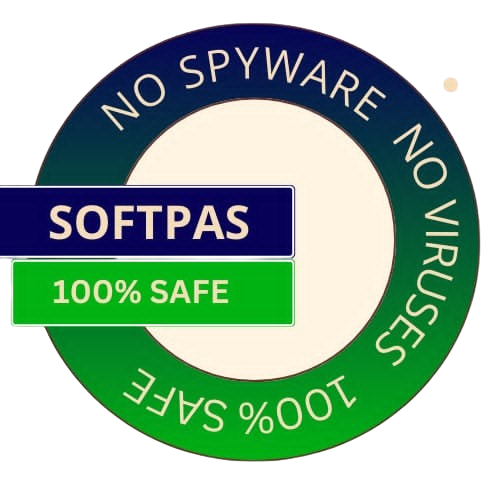
Get the best deals on your favorite games
Haguichi is a fantastic tool that makes using LogMeIn Hamachi on Linux super easy. It’s a secure virtual private network (VPN) app that helps you connect your computers effortlessly, especially when they’re behind the same NAT (network address translation). You don’t need to mess around with complex settings!
First off, let’s talk about Hamachi itself. It was launched back in 2004 by Alex Pankratov and quickly became popular among Windows and macOS users. However, the Linux version is a bit different—it runs only through the command line and doesn’t have all the cool features like its counterparts.
This is where Haguichi steps in! It's designed just for Linux and gives you a graphical user interface (GUI) for managing Hamachi. This means you can manage your connections easily without having to type commands all the time.
Written in Vala and using GTK as its toolkit, Haguichi works smoothly across popular Linux distributions like Ubuntu, Mint, Debian, Raspberry Pi OS, Kali Linux, Arch Linux, Elementary OS, Fedora, and OpenSUSE. Plus, it supports various desktop environments such as Budgie, Cinnamon, GNOME, KDE, LXDE, LXQt, MATE, Pantheon, Unity, and XFCE.
The best part? Haguichi looks great! Its modern design makes it friendly for beginners while offering some useful features to enhance your experience. You can customize commands to suit your needs and get notifications right from your system tray.
You’ll love how you can sort networks by name or status and hide offline members if you want. Plus, there’s an option to collapse networks you’re not interested in at the moment. It even lets you search network members by their IDs or IP addresses.
Haguichi supports both IPv4 and IPv6 protocols! It has nifty features like auto-connecting when you start up your computer and reconnecting if you lose your connection.
If you're excited to try out Haguichi, keep in mind that it works with Hamachi for Linux. You’ll need to install Hamachi first before diving into Haguichi's fun features. Don’t worry; setting it up is straightforward!
You’ll need root access to configure Hamachi correctly—just add “Ipc.User username” to “/var/lib/logmein-hamachi/h2-engine-override.cfg.” Or if you'd rather not mess with files directly—just hit the Configure button in Haguichi's GUI (but remember: you'll need superuser privileges).
If you're looking for an easy way to use Hamachi on Linux without dealing with command lines all day long—Haguichi is definitely worth checking out! It's lightweight yet powerful.
Go to the Softpas website, press the 'Downloads' button, and pick the app you want to download and install—easy and fast!

SoftPas is your platform for the latest software and technology news, reviews, and guides. Stay up to date with cutting-edge trends in tech and software development.
Subscribe to newsletter
© Copyright 2024, SoftPas, All Rights Reserved.